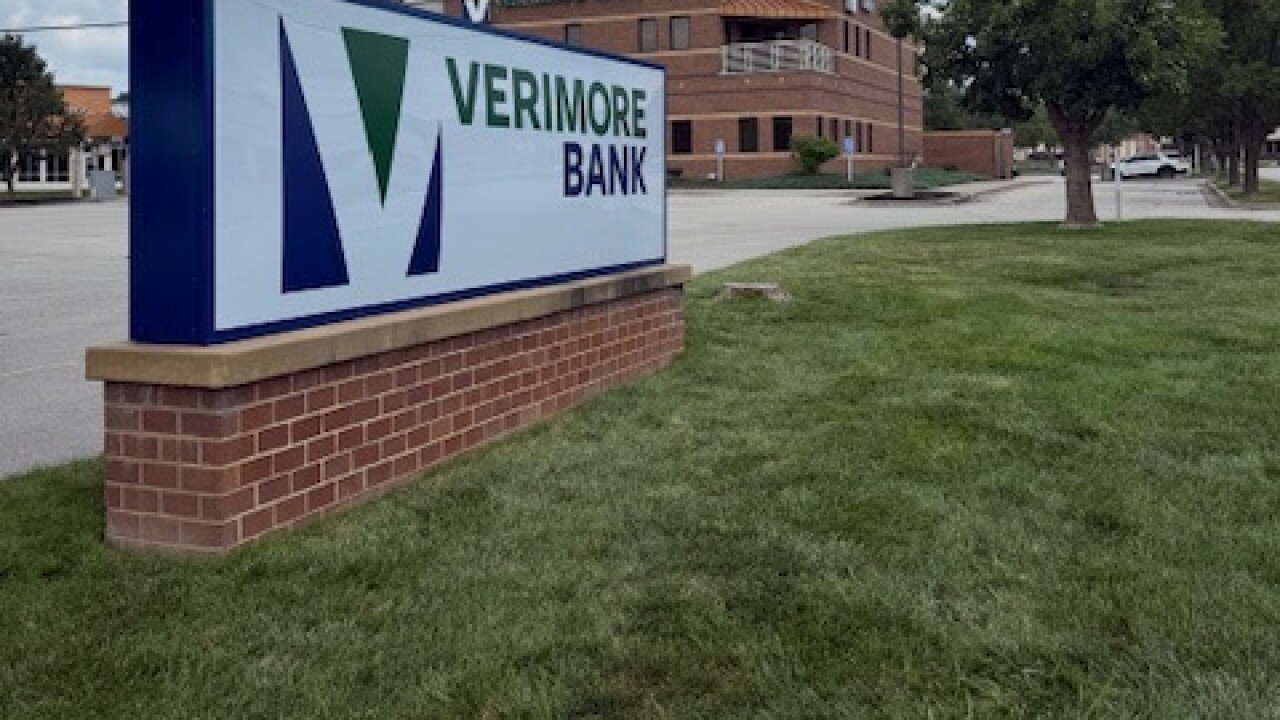Retailers increasingly prefer software to execute fast point of sale updates, leading longtime hardware provider NCR to use a centralized digital hub to help merchants avoid the cost and time of 'rip and replace' projects.
Called Retail One, the software hub enables retailers to use a single technology source to implement payments and manage transactions across different channels. Many retailers currently use separate systems for tasks such as payments processing and transaction management.
Retailers are very complex and it might seem like a good idea to rip all the systems out and replace them with new technology, but its not practical and in most cases realistic, said Jimmy Frangis, general manager of payments and security at NCR.
To rip and replace a retailers entire point of sale system across all locations would take a significant amount of time and cost hundreds of thousands of dollars if not more, depending on the size of the merchant.
Merchants dont want to spend a lot of money replicating the functionality they have today, Frangis said. NCR wants to protect the investment our retailers have made in infrastructure, leverage that investment, and future-proof it.
For instance, many retailers already have loyalty programs integrated into their physical point of sale. Retail One will allow these retailers to cross-promote that loyalty program and send digital couponing and other promotions to enrolled consumers, said Frangis.
Retail One is similar to the new
But theres a difference. Many retailers already use NCR hardware to accept payments at the point of sale, so the commerce hub would merely connect those systems through application programming interfaces (APIs). Poynt, on the other hand, is a completely new device meaning merchants would have to scrap their old systems altogether.
The ability of third party developers to build mobile payment and commerce apps on top of the hub will be a key factor in the business model's success, said Richard Crone, a payments consultant.
Theres $6.2 trillion spent at the [physical] point of sale, Crone said. Its the right place to start to leverage [its] strength. But NCR will have to go after the most important mobile application for retailers, and thats the mobile wallet.
Crone wonders why NCR didnt announce support for a mobile banking application or one of
Cloud-based software systems for point of sale have become increasingly popular for retailers, especially since these systems could be updated quickly and easily during the retail freeze, Crone said. The retail freeze is a period between September through January, during the holiday season, where more than one-third of retailers stop making changes to their point of sale.





